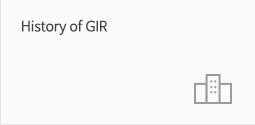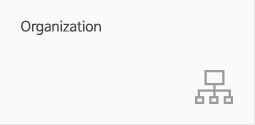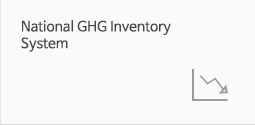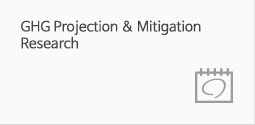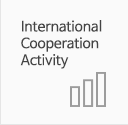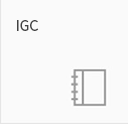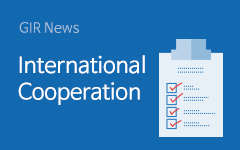board Read
| Title | [Daily Journal] Achimugu Juliet Chenemi - 10 August, 2022 |
|---|---|
| Name | Achimugu Juliet Chenemi |
| Date | 2022.12.21 |
| Views | 1,351 |
|
DAILY JOURNAL FOR 10TH August, 2022
BY: ACHIMUGU JULIET CHENEMI
NIGERIA
Today we had our first training/ lecture on Agriculture Forestry and Other Land Use (AFOLU) delivered by Prof. Pil Joo Kim from Gyeongsang National University, Jinju South Korea with emphasis on Agriculture Rice paddy.  To get more produce in Agriculture, the Soil quality component has to be taken into consideration. Value of soil carbon for quality enhancement. He said energy source for rice paddy is from Carbon compound, Starch glucose & Organic matter, Essential elements to plants (Nitrogen). N2O emission rate in rice paddy is affected by the fertilizer applied. Direct emissions are from managed soils and indirect emissions from arable lands from agricultural soil.  He discussed extensively about the type of fertilizer and proportion to be applied on the soil and how to calculate GHG emissions in the AFOLU sector. Statistical data should be reliable when it comes to calculating the emission factor of fertilizer. Countries were encouraged to develop their own emission factor data and select their best scaling factor in line with the IPCC guidelines. Four laws of Ecology:
⦁ Everything is connected to everything else
⦁ Everything must go somewhere
⦁ Nature knows best
⦁ There is no such thing as a free lunch
 During the AFOLU Session The second lecture was delivered by Jong-Su Yim from the Forest ICT research center on Land Use, Land Use Change & Forestry (LULUCF). LULUCF comprises of forest land, cropland, grassland, wetlands, settlements, and other land. GHG inventory in the land/ forestry sector is done according to the IPCC guideline. He discussed about land conversion (examples from Germany, Finland & New Zealand) and land use matrix which is, at least 20 years is needed to sustain the balance of litter layer and soil.  He also talked about the Generic methods of GHG emissions/ removals (annual carbon stock change), different methods and equations for calculating country’s specific emission factor, National Forest Inventory with Korea as case study and Transparency for GHG reporting.  LULUCF Session Trainees from Panama (Yoisy Belen Castillo), Tonga (Alilia Fine) and Malaysia (Woon Kuk Sin) did their country’s presentation on LULUCF which was very educating and was good to learn about different country’s GHG inventory.    LULUCF Country’s presentation by Trainees Coordinator's comments: I love the part of Four Laws of Ecology in your journal, Juliet. I am not surprised that Professor Kim mentioned them considering that he is an expert specifically on carbon emissions from the soil and ride paddy field. I assume that lectures on this day which were Agriculture and LULUCF contain technical knowledge which is born from such laws after all. So how did you find lectures by Professor Kim and Dr Yim on the day? It would have been useful to those from countries in which agriculture and LULUCF take a large part in their GHG inventory. Is any of those sectors considered as a significant part of climate reporting in Nigeria’s NC or BUR? I will have to save that question until we meet again at alumni event in the near future :) |
|


